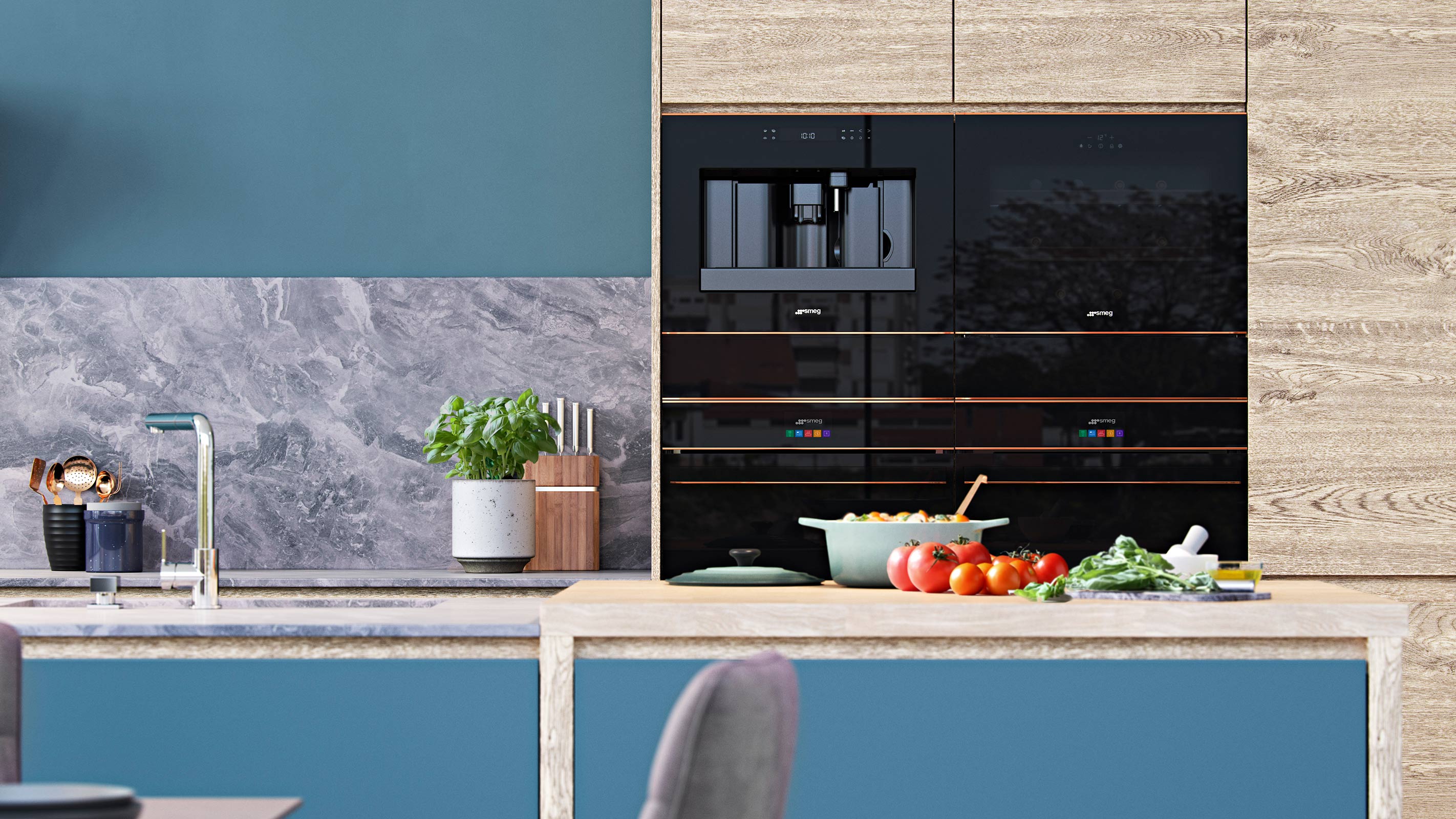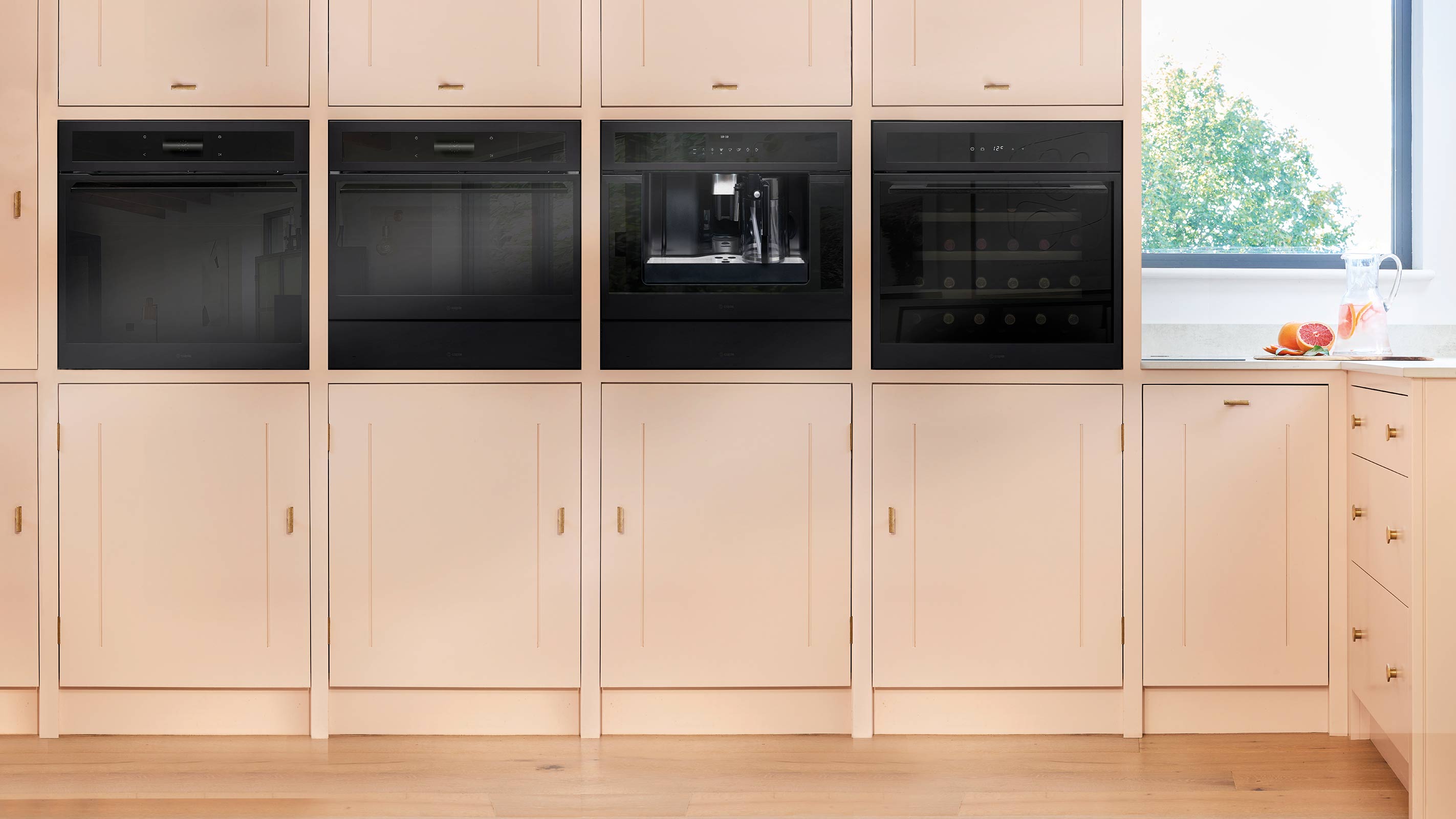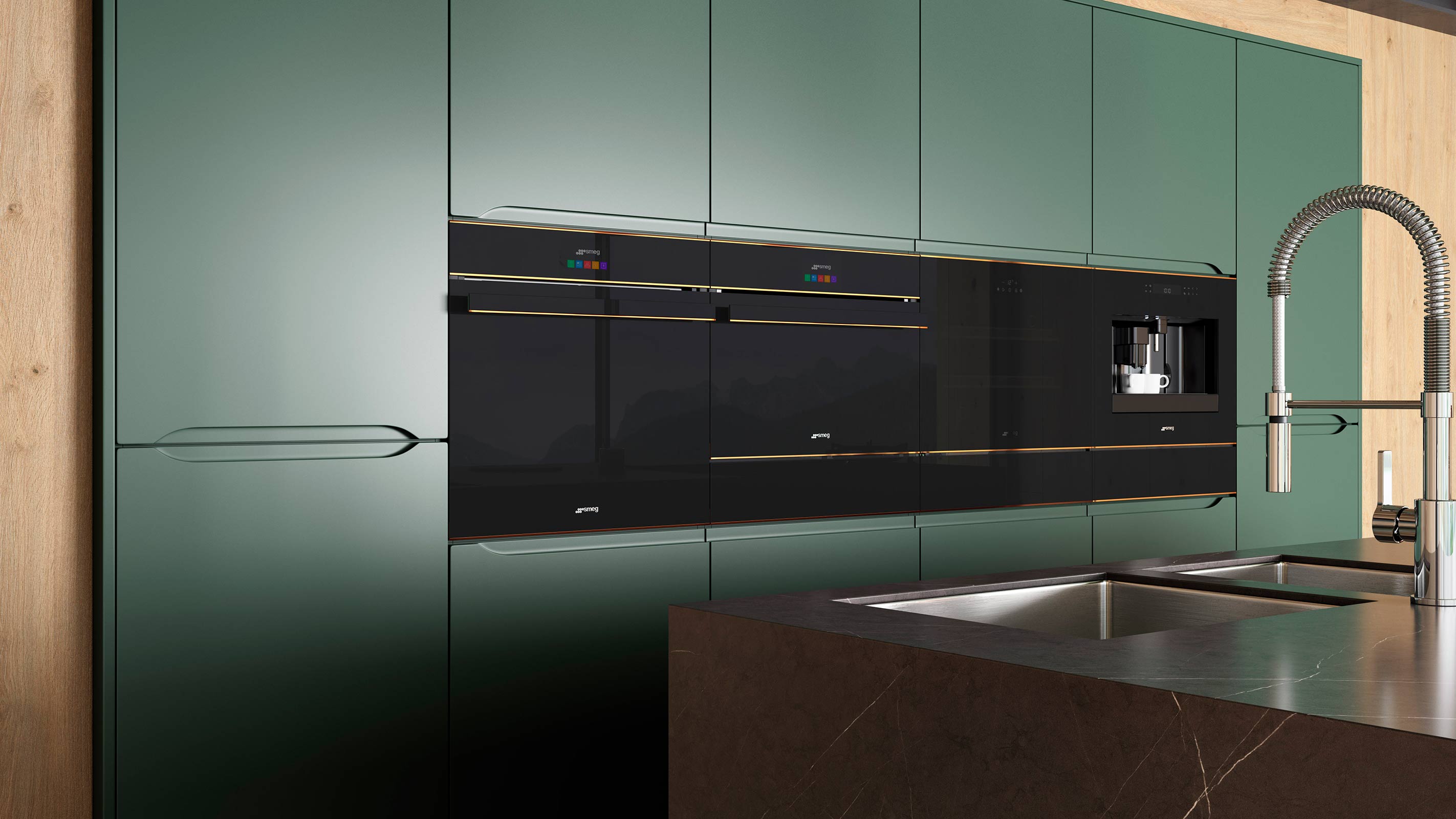What is a steam oven? Why it might be worth updating your cooker
You may have heard of them before, but what is a steam oven and are they better than conventional ovens? We explain how they work and why it could be time to switch

Exactly what is a steam oven and is one worth buying? There are many different types of cooker to choose from and in the world of kitchen appliances it can seem as though there is a never ending stream of new gadgets and must-have features for us to squeeze into our kitchen design.
However, while some gizmos are very much worth investing in – such as the best kitchen extractor fans – successfully making life easier and contributing to our overall enjoyment of cooking and eating in our kitchens, others are nothing more than expensive fads.
So, what about steam ovens? What do they do, how do they work and will they make the results of your cooking endeavours any better than with a conventional oven? We have asked the experts for all the answers so you know whether this is an appliance you need.
What is a steam oven?
Unlike conventional ovens and types of cooker that cook food using dry heat in the form of hot air, steam ovens cook food using only steam.
They incorporate a reservoir containing water that, when heated, rises up and is released through a valve before being circulated around the food in the oven. The steam is at such a high heat that food gets cooked really quickly.

Why should you buy a steam oven?
Steam ovens have many advantages over conventional ovens, with the main draws for many people being the health benefits they offer, as well as the results they produce. Of course some of the designs are also really eye-catching so could help with your kitchen remodel ideas.
"Steam heats the food directly without the need for oil, which can, in turn, lower cholesterol, and helps to soften food, such as vegetables and fruit, which makes them easier to digest," explains Caple's product manager Luke Shipway. "This enables you to prepare fresh food that will retain all the nutrients, which can be lost through conventional cooking methods."
"There are many benefits to steam assisted cooking," say the experts at Smeg. "Firstly, it is a natural, healthy way to preserve vitamins and nutrients in food. Flavours are intensified whilst food is kept moist. They can still crisp the outside of food and are great for reheating, of course."
Steam ovens also tend to cook food faster than conventional ovens, come in some very compact sizes for those with limited space and are energy efficient too thanks to the fact that they reduce cooking times — a lot of steam ovens are A+ rated.
"The addition of steam minimises the loss of food weight and volume during cooking," add Smeg's experts. "Bread can also be baked to a professional standard using steam. The moisture of the steam enables the dough to grow and develop during cooking, before the outer crust forms. This results in lighter and more easily digestible dough with an excellent crust."

Do steam ovens need plumbing?
No, there is no need for a steam oven to be connected to your mains water supply. This is because these ovens come complete with refillable water containers built-in.
Do combination ovens have steam settings?
Yes, there is no need for a steam oven to only perform one function — if you opt for a combination or multifunction oven you may well find that one of its many guises is a steam oven.
Smeg's range of Steam Assist multifunction ovens offer many different settings, while Caple's built-in Combi Steam Oven also has a range of other functions (steam cooking included).
A multifunction oven is a great option for those after small kitchen ideas or if you only have space for one oven (as opposed to a run of built-in ovens all offering different functions).

How do you clean a steam oven?
For steam ovens to remain in good working order, it is important to understand that there are a couple of extra steps required when it comes to keeping them clean. Most manufacturers recommend wiping all condensate off the interior of the oven after each use and emptying, cleaning and drying the water container to prevent limescale build up.
Additionally, steam ovens need to be descaled after a certain number of operating hours and will have a special setting to carry out this process which uses descaling tablets or solution.
Are steam ovens expensive?
One of the downsides of steam ovens is that they do tend to cost a little more than standard ovens. That said, they are now far more affordable than they once were — it is possible to pick up a built-in steam oven for as low as £240. However, this would be for a very basic model, and if you want features such as pyrolytic cleaning, an A+ energy rating and extra functions you will be looking at prices of around between £400-£1,500.
Get the Homebuilding & Renovating Newsletter
Bring your dream home to life with expert advice, how to guides and design inspiration. Sign up for our newsletter and get two free tickets to a Homebuilding & Renovating Show near you.
Natasha was Homebuilding & Renovating’s Associate Content Editor and was a member of the Homebuilding team for over two decades. In her role on Homebuilding & Renovating she imparted her knowledge on a wide range of renovation topics, from window condensation to renovating bathrooms, to removing walls and adding an extension. She continues to write for Homebuilding on these topics, and more. An experienced journalist and renovation expert, she also writes for a number of other homes titles, including Homes & Gardens and Ideal Homes. Over the years Natasha has renovated and carried out a side extension to a Victorian terrace. She is currently living in the rural Edwardian cottage she renovated and extended on a largely DIY basis, living on site for the duration of the project.

